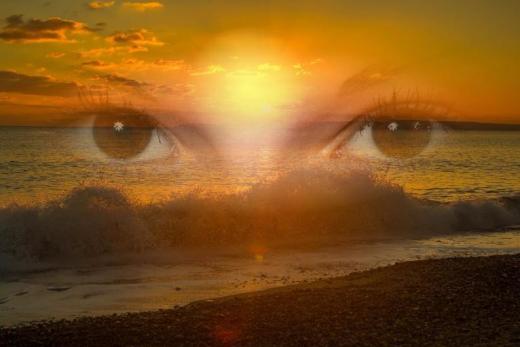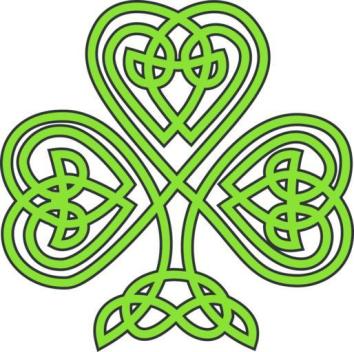“Those who are awake are in a constant state of amazement.” Jack Kornfield
Earlier this week I left home for what should have been a routine trip downtown. I was first in line at a red light, waiting for the light to change. When the light turned green I was aware of car to my right that had stopped at the light. The coast was clear, but a strange thing occurred.
As if a voice said “wait,” or someone held my arm to prevent me from moving, I did not move forward through the green light. Then, without any other warning, a car came from the right at a high rate of speed. The vehicle swerved to avoid crashing into the rear of the stopped car and rushed into the oncoming lane of traffic. Thankfully those cars were stopped for the red light. The speeding car scraped the whole driver’s side of the stopped car, and then came to a screeching halt on the right side of the road.
For an instant everything froze and time seemed suspended. Then, as if released from a restraint, I knew I could now proceed through the green traffic light. I felt dizzy and in an altered state. I was very aware that if I had automatically moved through the light when it turned green, I would have been in the direct pathway of the speeding vehicle. That car was going so fast I feel certain my beloved Honda would have sustained terrible damage—perhaps even total damage. In the worst case it could have been a fatal accident for the driver of the car and even for me.
My first emotion was gratitude as I imagined a series of possible scenarios. This “near miss” has not been far from my mind all week, reminding me that everything can change in a moment after which life is never the same. The incident was also a profound reminder of the importance of mindfulness, staying awake and present as we move through life. It was a stunning teaching moment. Mindfulness is a key practice in Buddhism. One description is becoming fully aware in the present moment–not dwelling on the past or worrying about the future. When we act purely from instinct we lose awareness of the present moment. I always endeavor to listen to my intuition, and this experience proved the benefit of that practice. In that moment when guidance spoke I listened, and it made all the difference.
I have experienced a sea change—a shift in perspective. The term first appeared in Shakespeare’s The Tempest, and means a “change caused by the sea.” The term describes a profound metamorphosis. The sea doesn’t change, we do. We live in an ocean of consciousness, and something in those vast waters spoke to me, and I am changed. My resolve is to live more in the present moment, keeping mind and heart open, listening for the Voice of the Silence. May it be so.


